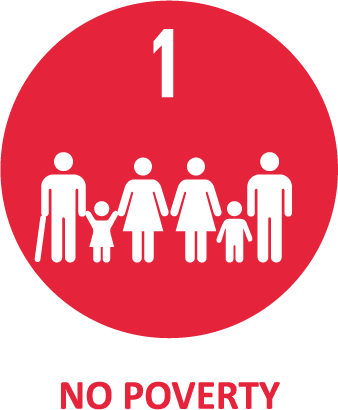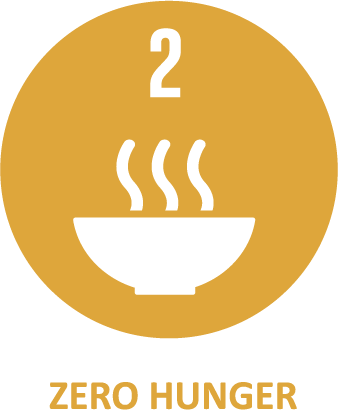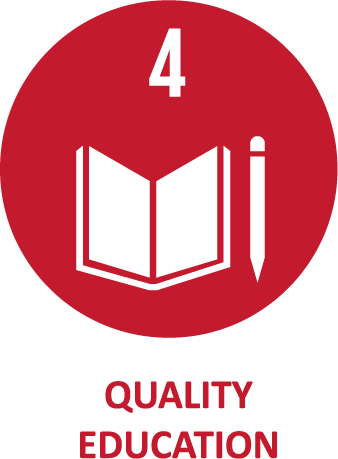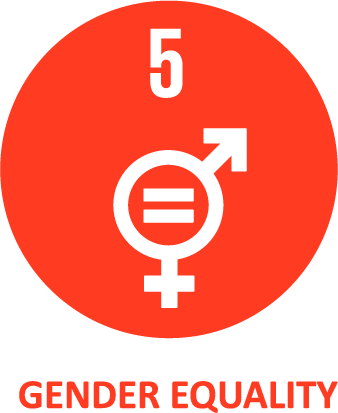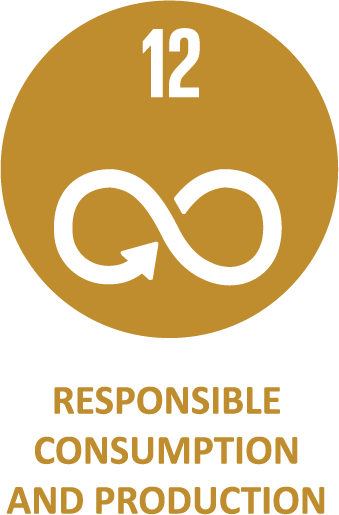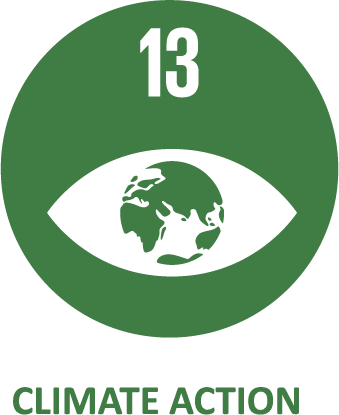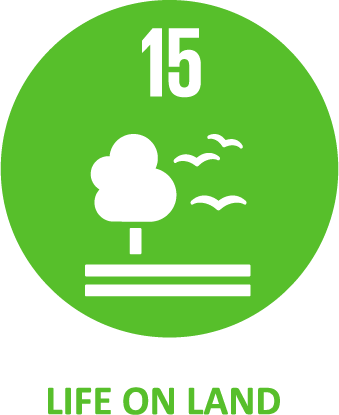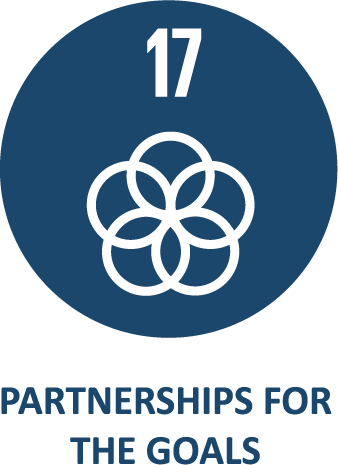
Dynamic Agroforestry in Cocoa Cultivation in Côte d’Ivoire
Project partners
- Project Owner: NECAAYO cocoa cooperative
- Project Management: Delica AG (company of the Migros group)
- Responsible for MRV: myclimate
- Local Partner for Implementation: CABOZ AG
- M-Climate Fund Manager: myclimate
Location of project
Ivory Coast, Soubré Region
Commodity
Cocoa
Type of Intervention
Agroforestry
Background
The cocoa industry in Côte d’Ivoire faces huge challenges. Many cocoa trees are very old and yields are low. There is also increased spread of the cocoa swollen shoot virus (CSSV), meaning that some producers have little cocoa beans to harvest. Studies suggest that agroforestry systems can reduce the negative effects of CSSV.
Dynamic agroforestry (DAF) is a farming method that imitates the natural ecosystem by cultivating a variety of plant species at high densities. Apart from cocoa, DAF integrates various types of shade trees and legumes, as well as crop plants such as banana, cassava and avocado. Grasses and small bushes also produce biomass and improve soil health. The various plant species complement and help each other. For instance, trees offer shade and nutrients for other plants, while legumes fix nitrogen in the soil, thus increasing fertility. The system is called “dynamic” because it changes constantly over the years: an agroforestry plot develops and becomes more dense over time, while crops such as bananas might disappear and make way for other plants that can cope with less sunlight. DAF results in a system of cultivation that is more resilient in the face of climate change and pests. At the same time, switching to DAF results in carbon dioxide being absorbed from the atmosphere.
Project description
A long-term climate protection project funded through Migros’ M-Climate Fund aims to make cocoa production more sustainable. The M-Climate Fund supports the ambitious and science-based climate goals of the Migros Group. The M-Climate Fund is financed through the pricing of CO₂ emissions in Migros Group companies and through customers’ financial contribution. These financial resources are used to support climate protection projects developed specifically for the fund, which effectively reduce CO₂ emissions along the company’s own value chain, both in Switzerland and internationally.
The use of DAF produces climate benefits, enhances the resilience of ecosystems, and improves the livelihoods of cocoa farmers. The project is focused on implementing DAF on 1,000 hectares (ha) of existing cocoa fields. Every hectare is planted with around 3,000 plants at project inception. At the same time, smallholders receive training on sustainable land use and forest management. This guarantees their long-term earnings from the cocoa plantations themselves, as well as creating additional sources of income from the sale of agroforestry products such as avocados and bananas.
The project is carried out on the ground by the NECAAYO cocoa cooperative, which has been supplying Delica AG with cocoa since 2012. With the support of CABOZ AG, the organisational capacity of the cooperative and of the farmers themselves will be strengthened, so that they will be able to carry out the project independently following a few years of training and capacity building.
Impacts
Climate
- CO₂ removals: We estimate the total CO₂ removals to be between 75,000 t (conservative) and 150,000 t (optimistic) CO₂ over 30 years. The estimated annual average CO₂ removals are between 2,500 and 5,000 t per year, meaning at the beginning of the project trees won’t have the potential to sequester carbon yet, which will however increase during the project lifetime and as more smallholders and plots of land are included in the project.
- We are currently working on the baseline and methodology after which we will be able to calculate the actual CO₂ removal rate. Once we have this set up, we will be able to make a more concrete estimate of the CO₂ removals.
Nature
- Biodiversity: The plots will be planted with a variety of native plants, fruit trees and crops – roughly 3,000 plants per ha. This way, the DAF imitates a natural system that increases biodiversity compared to traditional cocoa monocultures. So far no KPIs to measure changes in biodiversity have been set.
- Soil health: The project does not include any measurement of soil indicators, neither the storage potential of the soil nor soil health, as it is currently outside of the scope of the project and the methodology applied.
People
- Additional income for cocoa farmers through income from the sale of agroforestry products such as avocados and bananas
- Smallholder training in land use and forest management: In total we expect about 1,100 smallholders to become part of the project over the next 10 years. We work with the principle of “train the trainer” so in the beginning a few people are trained who will then be able to train other smallholders and neighbours to do the same.
Progress
Climate
- To be assessed
Nature
- Around 35,000 seedlings have been planted, including timber, fruit, biomass trees as well as bananas and cocoa trees.
People
- The goal was to reach 70 smallholders in the first year of the project, which we were able to fulfil. More smallholders have already expressed their interest and the next group of smallholders is currently undergoing training. So far, we have 82 established plots (each around 0.25 ha) that have implemented DAF.
Tools
The project is being developed as a Scope 3 removal project aimed at compliance with the GHG Protocol Land Sector and Removals Guidance and the SBTi FLAG Guidance. The calculation methodology will be based on an approved Gold Standard methodology. The project will also receive third-party validation.
SDGs
